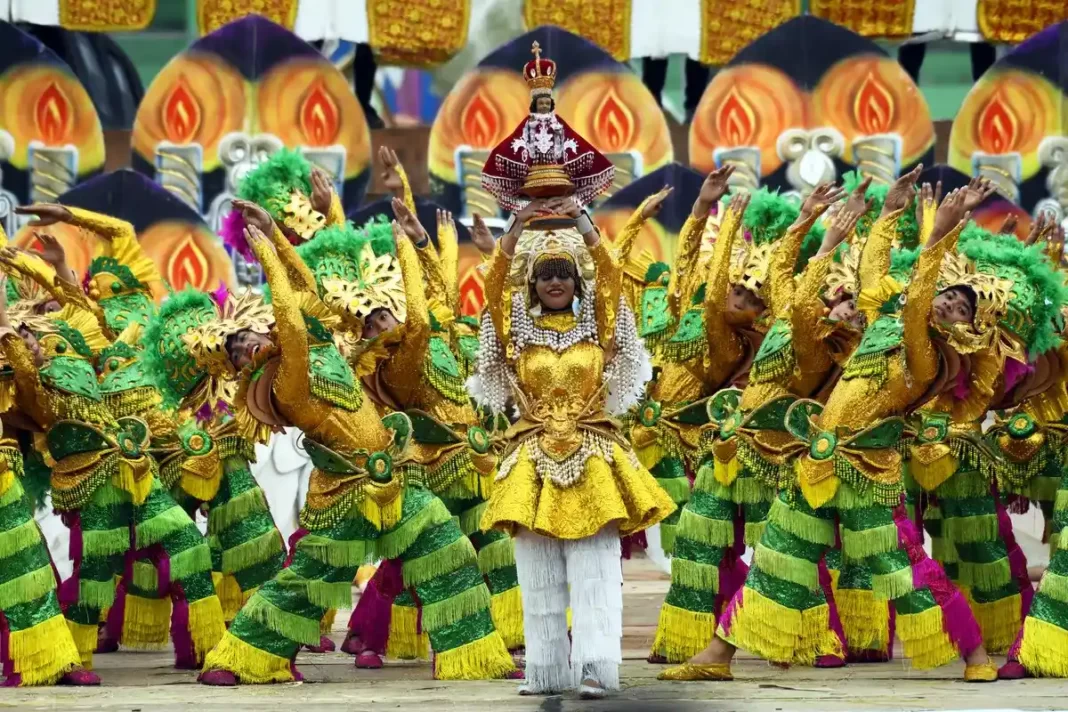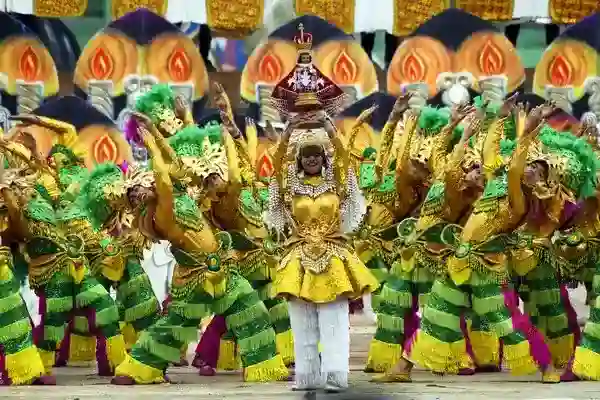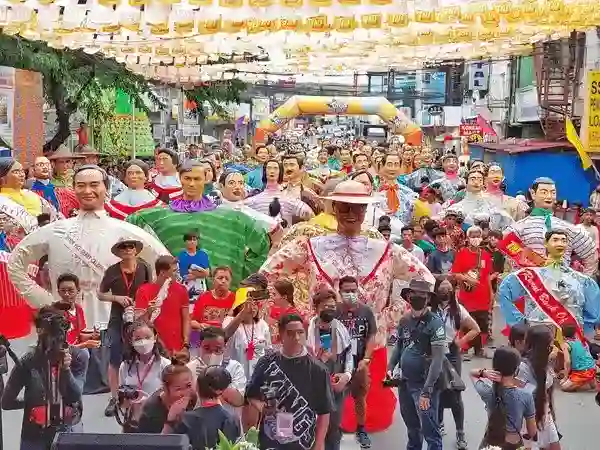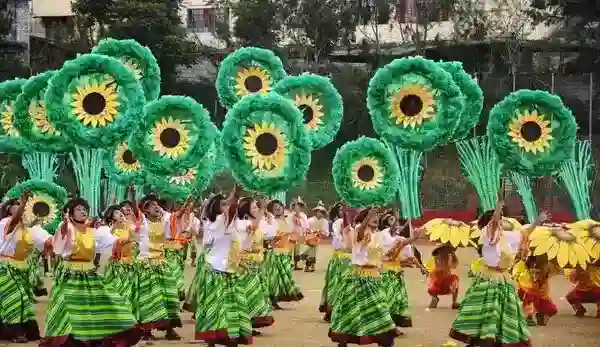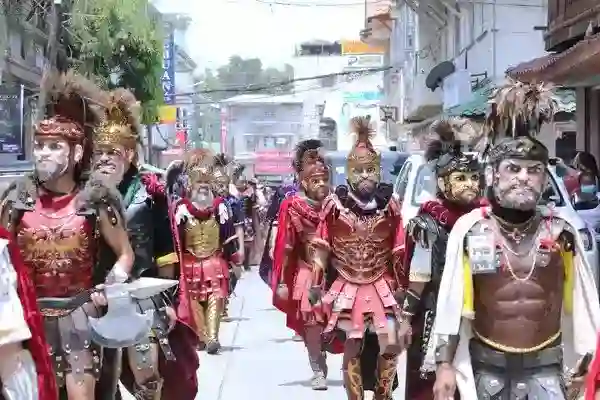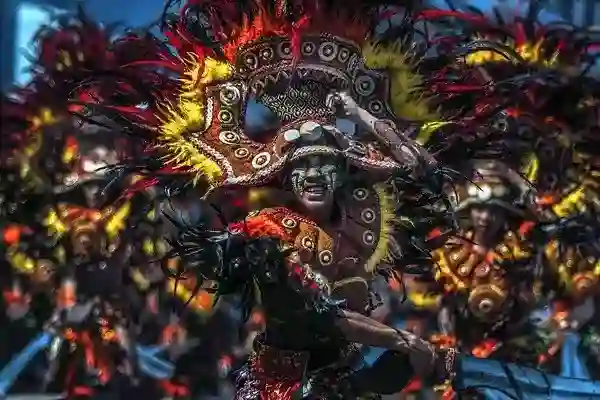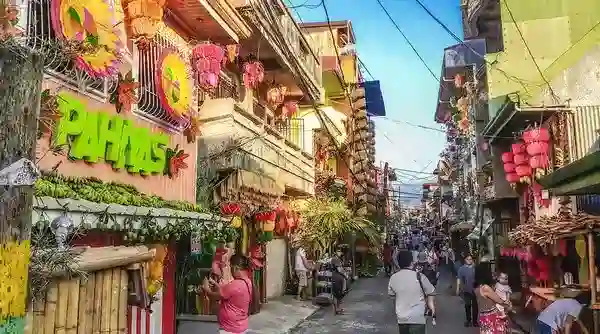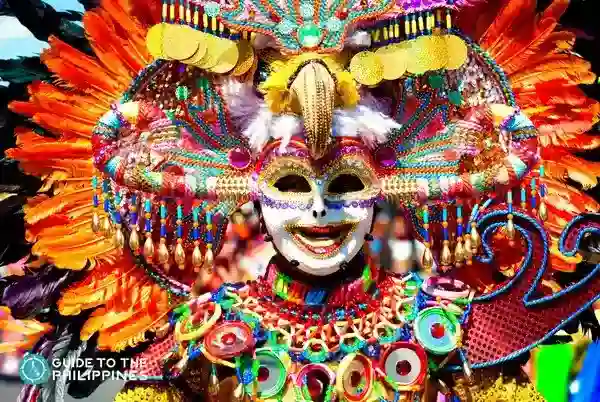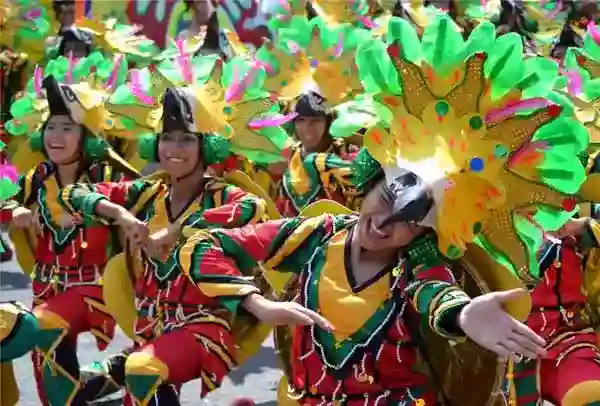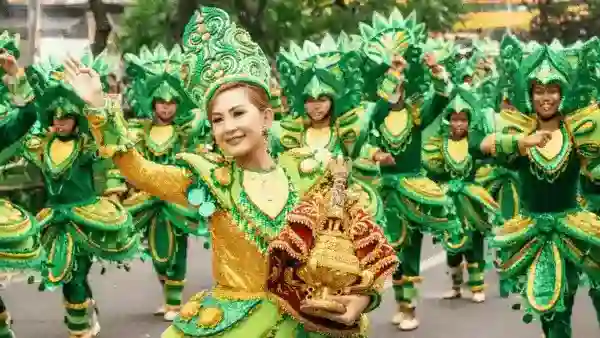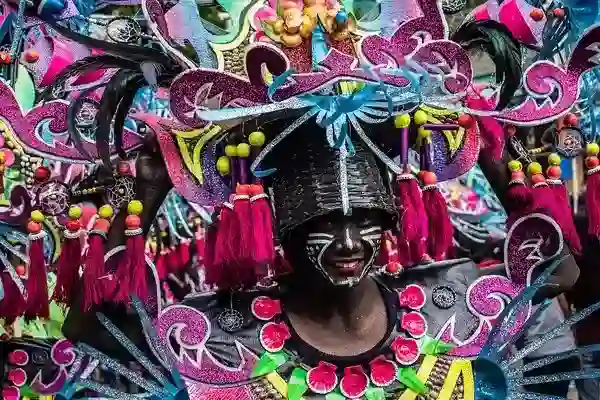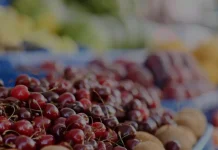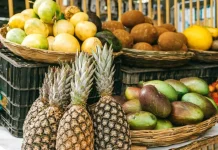The Philippines is famous for its vibrant and colorful festivals. Many of which are steeped in religious and cultural significance. They attract thousands of visitors every year and they are considered the most popular cultural festival in the Philippines. Without further ado, Here are the top 10 most celebrated festival celebrations in the Philippines.
Top 10 Biggest Festival Celebrations in the Philippines
-
Pintados-Kasadayan Festival
Pintados-Kasadayan Festival is a yearly event held in Tacloban, Philippines. The festival is celebrated usually in the month of June to celebrate the city’s foundation day. The festival celebrates the Waray people’s rich cultural heritage as the region’s indigenous group.
-
Higantes Festival
Higantes Festival is an annual event held in Angono, Rizal, Philippines, usually on the 23rd of November, the feast of Saint Clement, the town’s patron saint. The festival began in the 1930s as a way to honor Saint Clement, and to also celebrate the town’s rich cultural heritage. The giant figures, which are up to 20 feet tall, are made by the locals and typically depict characters from Philippine folklore, such as farmers, fishermen, and other traditional figures.
-
Panagbenga Festival
Panagbenga Festival is an annual event held in Baguio City, Philippines. It is celebrated during the month of February, with the main parade and street dancing competitions taking place on the last weekend. The Festival began in 1996 as a means of promoting tourism and revitalizing the city’s economy following the 1990 earthquake.
-
Moriones Festival
Moriones Festival is an annual event held in Marinduque, Philippines, usually on Holy Week (the week before Easter Sunday). The festival is a reenactment of the story of Longinus, the blind Roman soldier who, according to Christian tradition, was healed after he thrust his spear into the side of Jesus Christ while he was crucified.
-
Dinagyang Festival
Dinagyang Festival is an annual event held in Iloilo City, Philippines. It is celebrated on the fourth Sunday of January, usually falling between the 21st and the 27th. Dinagyang Festival began in 1968 as a religious event to honor the Child Jesus (Santo Niño), but over the years has grown to become a showcase of Iloilo’s rich cultural heritage and history.
-
Pahiyas Festival
Pahiyas Festival is an annual event held in Lucban, Quezon, Philippines, usually on the 15th of May, the feast of Saint Isidore, the town’s patron saint. The festival began as a way to thank Saint Isidore, the farmer, for a bountiful harvest. During the festival, houses and streets are decorated with colorful rice wafers and various agricultural products, such as fruits, vegetables, and plants.
-
MassKara Festival
MassKara Festival is an annual event held in only Bacolod, Philippines. The festival was first held in 1980 as a way to lift the spirits of the people of Bacolod during a difficult time of economic crisis.
-
Kadayawan Festival
Kadayawan Festival is an annual event held in Davao City, usually in the third week of August. The Festival honors Davao City’s diverse indigenous tribes and their rich cultural heritage.
-
Sinulog Festival
Sinulog Festival is an annual event held in Cebu, usually on the third Sunday of January. It is one of the most popular and well-attended festivals in the Visayas region of the Philippines. The festival began as a religious event to honor the Santo Niño (Child Jesus), the patron saint of Cebu City, but over the years has grown to become a showcase of the rich cultural heritage and history of Cebu.
-
Ati-Atihan Festival
Ati-Atihan Festival is an annual event held in Kalibo, Aklan, Philippines, usually in the third week of January. The ati-Atihan festival is one of the most popular and well-attended festivals and it is considered the mother of all Philippine festivals.
Conclusion
These festivals in the country offer a glimpse into the rich history and diverse customs of its people. Whether you’re a curious traveler or a proud Filipino, experiencing these festivals is a must-do on any bucket list. Let’s embrace and celebrate the unique beauty of our cultural heritage together.

